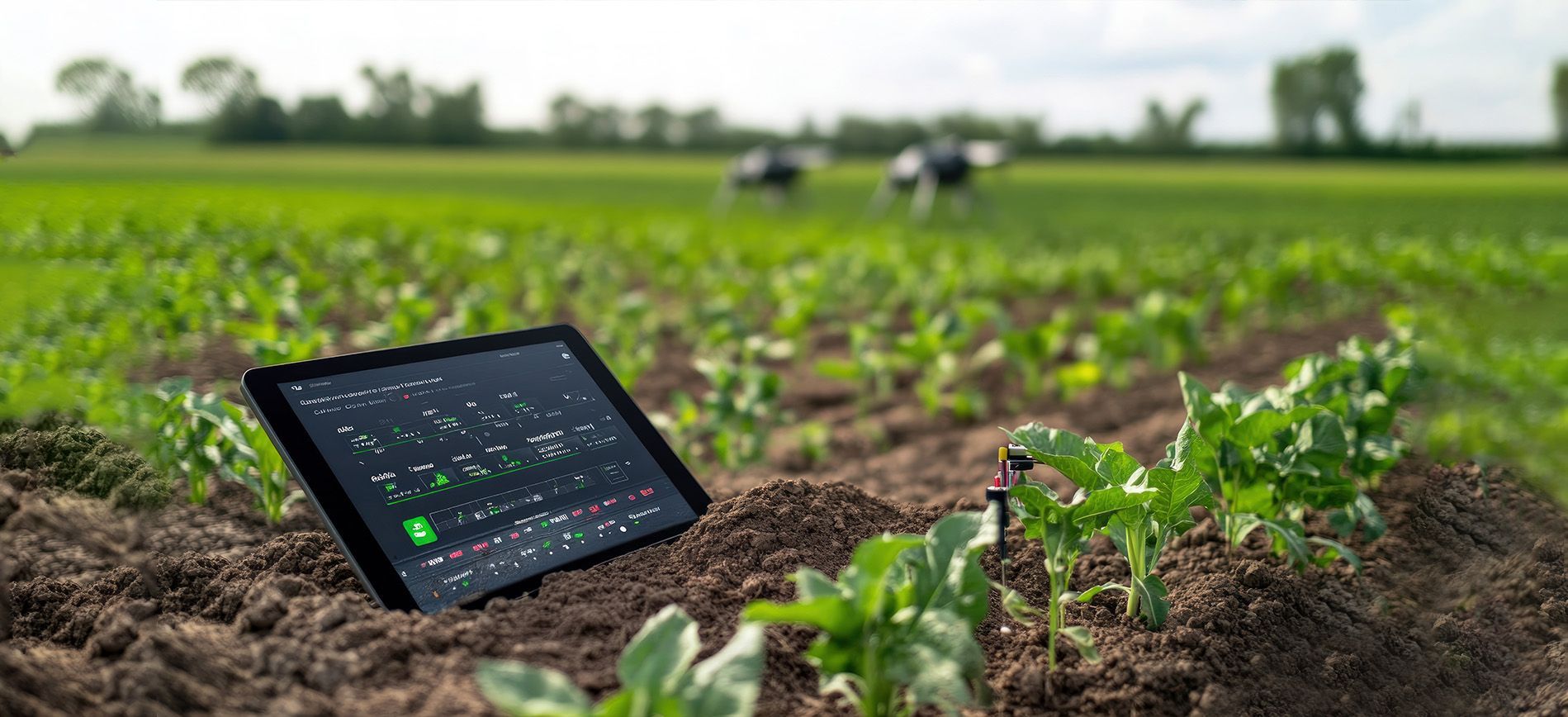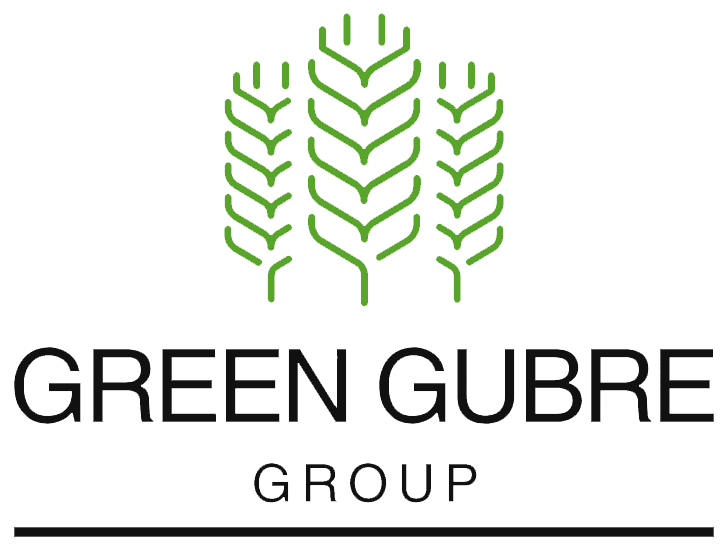Enhanced Efficiency Fertilizers (EEFs) – The Future of Smarter Nutrient Delivery
Enhanced Efficiency Fertilizers (EEFs) – The Future of Smarter Nutrient Delivery

Introduction: Fertilizer Efficiency is No Longer Optional
In the face of rising input costs, shrinking profit margins, and growing environmental scrutiny, conventional fertilizers no longer offer a sustainable pathway for future agriculture. Enter Enhanced Efficiency Fertilizers (EEFs)—a class of advanced fertilizers engineered to deliver nutrients in a controlled and synchronized manner. Unlike traditional fertilizers, which often lead to nutrient losses through leaching, volatilization, or denitrification, EEFs are designed to match plant uptake more precisely.
As food systems face the dual challenge of increasing crop productivity while reducing environmental impact, EEFs have become a crucial innovation in the fertilizer industry—transforming how nitrogen, phosphorus, and potassium are delivered to crops.
What Are Enhanced Efficiency Fertilizers?
Enhanced Efficiency Fertilizers are defined by their ability to reduce nutrient losses and improve Nutrient Use Efficiency (NUE). They fall into three primary categories:
1. Controlled-Release
Fertilizers (CRFs)
These are fertilizers coated with polymers, sulfur, or other materials that allow nutrients to be released slowly over time. Their release rates depend on environmental conditions, such as temperature, moisture, and microbial activity.
2. Stabilized
Fertilizers
These include additives such as:
- Urease Inhibitors (e.g., NBPT): Prevent rapid breakdown of urea, reducing ammonia volatilization.
- Nitrification Inhibitors (e.g., DCD, DMPP): Slow the conversion of ammonium to nitrate, minimizing leaching and N₂O emissions.
3. Slow-Release Fertilizers
Typically composed of chemically modified nutrients or organic materials, these fertilizers release nutrients gradually via microbial degradation or hydrolysis.
These technologies enable EEFs to work in harmony with plant growth cycles, significantly improving both crop performance and input efficiency.
Key Agronomic and Environmental Benefits of EEFs
Enhanced Efficiency Fertilizers offer a multitude of tangible benefits, making them attractive to both large-scale agribusinesses and smallholder farmers:
- Improved Nutrient Use Efficiency (NUE)
Studies indicate that EEFs can increase NUE by 20% to 50%, meaning the plant utilizes more nutrients and fewer are lost to the environment.
- Yield Gains and Better Crop Uniformity
Crops such as maize, rice, wheat, potatoes, and sugarcane exhibit consistent yield increases of 5–15% when EEFs replace conventional fertilizers, particularly under conditions of moisture stress or low organic matter.
- Environmental Protection
EEFs reduce nitrogen losses through leaching, runoff, and gas emissions, significantly lowering the risk of groundwater contamination and nitrous oxide (N₂O) emissions, a potent greenhouse gas.
- Labor and Application Efficiency
Many CRFs allow for single-dose application, which reduces the number of fertilizer passes needed, thereby lowering labor, fuel, and machinery wear and tear.
- Better Fertilizer Compatibility
EEFs can often be blended with micronutrients, pesticides, or biostimulants, enhancing the overall input strategy of the grower.
Limitations and Barriers to Adoption
While the potential of EEFs is compelling, specific barriers have slowed their global adoption:
- Higher Initial Cost: EEFs can be 20–60% more expensive than conventional fertilizers, although this is often offset by reduced application frequency and increased yield.
- Knowledge Gap: Farmers and distributors often require training to understand how to apply correctly and on time.
- Supply Chain Access: In many emerging markets, EEFs are still not widely available or supported by government subsidy programs.
- Weather Sensitivity: In regions with excessive rainfall or poor soil drainage, even EEFs may experience performance issues.
However, as global fertilizer regulations tighten and carbon accounting becomes mandatory, EEFs are expected to receive more public and private investment support.
Global Market Outlook and Forecast
The global Enhanced Efficiency Fertilizer market was valued at approximately USD 7.25 billion in 2024 and is projected to grow at a CAGR of 7.3%, reaching USD 12.74 billion by 2032. This surge is driven by:
- The global shift toward climate-smart agriculture
- Increasing demand for higher crop productivity with less input
- Policy incentives in the EU, US, and Asia supporting nitrogen management reforms
Markets showing the highest growth include India, China, Brazil, and Germany, where demand for NUE-enhancing solutions is accelerating.
Green Gubre Group’s EEF Portfolio
At Green Gubre Group, we have strategically invested in sourcing and distributing a complete line of Enhanced Efficiency Fertilizers to meet the evolving needs of global agriculture. Our offerings include:
- Coated Granular Urea: Suitable for cereals, oilseeds, and sugarcane.
- Urease & Nitrification Inhibitor Solutions: Used in high-value crops and regulated areas.
- CRF Blends for Greenhouse and Horticulture: With precise release tailored to growing stages.
- Custom Fertilizer Programs: Integrated with soil testing, crop modeling, and fertigation tools.
We also provide technical support, logistics coordination, and regulatory compliance guidance to ensure that our clients fully benefit from their EEF adoption.
Conclusion: The Smarter Way to Fertilizer
Enhanced Efficiency Fertilizers represent the future of fertilization—where nutrients are released in sync with crop demands, losses are minimized, and yields are optimized. As regulatory, environmental, and economic pressures mount, EEFs offer a practical and profitable pathway to more sustainable and resilient agriculture.
Whether you are a large-scale commercial farmer, a government buyer, or an agricultural distributor, now is the time to explore how EEFs can unlock better returns on your fertilizer investment.




